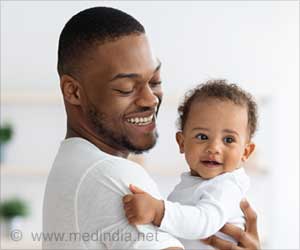A recent research has found that the asthma epidemic in children may be explained by the rise in cigarette use by adults over the past century.
A recent research has found that the asthma epidemic in children may be explained by the rise in cigarette use by adults over the past century.
The study, conducted by researchers at the Mailman School of Public Health, is published this month in Annals of Allergy, Asthma & Immunology, the scientific journal of the American College of Allergy, Asthma and Immunology (ACAAI).The pervasiveness of asthma has amplified no less than threefold during the past several decades, but the cause for this remains unidentified, according to author Renee D. Goodwin, PhD, MPH, assistant professor in the Department of Epidemiology at the Mailman School of Public Health.
The increase is taking place most notably in industrialized countries, but now even the developing countries are beginning to experience similar increases.
“We have identified parallel increases in childhood asthma and cigarette use among adults during the past century in the United States. These parallel trends suggest that the increase in cigarette use may be a contributing factor to the rise in asthma among children during the same period through increased exposure to environmental tobacco smoke,” said Dr. Goodwin.
More or less 4.8 million children under age 18 have asthma in the United States. Even though treatment and asthma management strategies can help control symptoms, asthma, which most often begins in childhood, is a chronic condition with no known cure. The cause is unknown, but allergies are a factor in the majority of children with asthma.
Environmental tobacco smoke (ETS) inhaled accidentally by non-smokers has an elevated concentration of some poisonous substances than the smoke inhaled by smokers, such as carbon monoxide and carbon dioxide. Children breathe more air than adults and have narrower airways, so ETS is a greater contributory risk factor of asthma in children. It can also boost the severity of their asthma symptoms.
Advertisement
Contact with environmental tobacco smoke, particularly in the home, increases a child’s chances of developing asthma by 63 percent according to the Department of Health and Human Services.
Advertisement
“Previous data that show more recent higher rates of cigarette smoking among lower socioeconomic status segments of the population within the United States are consistent with our theory, since these are the most vulnerable segments of the population among whom rates of childhood asthma are currently the most concentrated,” Dr. Goodwin said.
“Although cigarette consumption has declined in some segments of the United States population since its peak around 1981, the consequences and health effects of the drastic increase in the mid-1980s are still affecting adults and children,” she added.
Source-ANI
SRM/M











